What Are Gas Fees, and Why Do They Exist?
Ethereum gas fees are a form of transaction fee paid by users for incentivizing miners to validate a transaction on the blockchain. Any interaction that takes place on Ethereum requires some computation, which is going to be reimbursed using gas fees. The price of the gas fluctuates based on demand within the network. It follows that the more users use Ethereum, the higher the fees.
Gas is a measure of “gwei,” a small denomination of Ethereum. Thus, a higher gas fee provides more incentive for miners to process your transaction immediately, while a smaller fee provides more reasons for delays. But one thing persists above all: Why are these fees so high in the first place?
Scalability Challenge of Ethereum
Scalability is one of the main causes of high Ethereum gas fees. Ethereum can only handle 15–30 transactions per second in its present configuration. Compared to other conventional payment methods like Visa, which can handle thousands of transactions per second, this is fairly low and insufficient.
This implies that there is a competition among Ethereum users to have their transactions processed whenever the network becomes overloaded. High demand therefore indicates that gas prices are higher because consumers are willing to pay more to guarantee that their transaction will be included in the next block. Significant occurrences like well-known NFT dips or massive token launches typically cause a spike in transactions and gas fees going through the roof.
Smart Contracts
Another reason for high gas fees is related to the complexity of the transactions. Not all transactions are created equal on Ethereum. A simple ETH transfer is relatively simple, whereas more complex operations that require interaction with smart contracts—such as trading tokens on a decentralized exchange or minting an NFT—require more computational resources. This increased demand for processing power translates into a higher gas cost.
Smart contracts are important in the Ethereum ecosystem. These are self-executing contracts whereby the terms of the contract are written as code. This varies owing to their complexity: more complex contracts require higher gas for execution, and this therefore adds to the cost.
Network Usage
High network congestion is the direct reason for high gas fees. Due to its popularity, with a high number of dApps, DeFi platforms, and NFTs, there has been a never-ending growth in users. The actions that they perform-staking, trading, gaming-each required gas. And when too many users are on the move within the network, the price of gas sky-rockets.
Major events that happen over the Ethereum network create sudden spikes in activity and further drive up the prices of gas. For example, if there is a high period of DeFi activity, or an NFT is minting, the gas prices go through the roof. This affects not only the user, but it also deters smaller transactions from ever possibly being processed and thus makes the network a little less accessible to those with lower budgets.
Gas Fees Reduction: Ethereum 2.0 and Layer 2 Solutions
Any effort to fix Ethereum’s gas fee problem has been in constant development. Ethereum 2.0 and Layer 2 solutions have proved the most promising. Ethereum 2.0 is a highly-anticipated upgrade: it intends to change the consensus mechanism of Ethereum’s current proof-of-work into a proof-of-stake model. It should give major features to the network for scalability and greatly lessen transaction costs. This will allow more transactions per second.
Other potential ways to reduce gas charges involve Layer 2 scaling solutions, such as Optimism and Arbitrum. These enable transaction processing outside the blockchain, ultimately settling them on the Ethereum mainnet. By taking some of the loads off the main Ethereum network, Layer 2 technologies can ease congestion and lower the gas fees charged to users. However, while promising, these technologies are still in their development stages, and so far, they’ve witnessed gradual adoption.
Why Haven’t the Gas Fees Dropped Significantly Yet?
In spite of these, Ethereum gas fees remain high. A host of different reasons can be explained behind why this remains a thorn in the side.
- Delayed Implementation of Ethereum 2.0: While Ethereum 2.0 is promising and continues to bring massive improvements, it is being implemented piece by piece. The full upgrade has not been completed yet, and until that time, scalability issues will still plague the network.
- Low Adoption of Layer 2: While Layer 2 solutions can reduce congestion by easing gas fees, they have not been widely adopted by every other platform or user. Many dApps and exchanges remain on the Ethereum mainnet, thus keeping the congestion high.
- Demand Keeps Growing: The demand for Ethereum has only continued to increase with time. More dApps come into the picture, along with more NFTs and DeFi projects, increasing the demand for Ethereum’s network much faster than the upgrades made to try and reduce gas fees.
Table: Key Factors Influencing Ethereum Gas Fees
Factor | Impact on Gas Fees |
Network Congestion | More transactions lead to higher competition, driving up fees. |
Smart Contract Use | Complex transactions (like interacting with dApps) require more gas. |
Scalability Limits | Ethereum’s current capacity is too low to handle high demand efficiently. |
Ethereum 2.0 Delay | The transition to a more scalable model is not yet complete, maintaining high fees. |
Layer 2 Solutions | Adoption is slow, limiting their impact on reducing fees. |
Why Ethereum Gas Fees Are Still High
The reason for Ethereum gas fees is actually very simple: supply and demand. Due to the limited scalability of the network and hugely grown demand for its services, the fees are sky-high. Solutions such as Ethereum 2.0 and Layer 2 technologies look promising, but they are not yet fully realized or widely adopted.
Until that future, users will have to live with the pricey fee structure. Although the future could bring relief, Ethereum’s gas fees remain one of the great factors of consideration to any person who is dealing with the network.
Remember, investing in cryptocurrencies involves risks, and it’s important to conduct thorough research and seek professional advice before making any financial decisions. (Please keep in mind that this post is solely for informative purposes and should not be construed as financial or investment advice.)


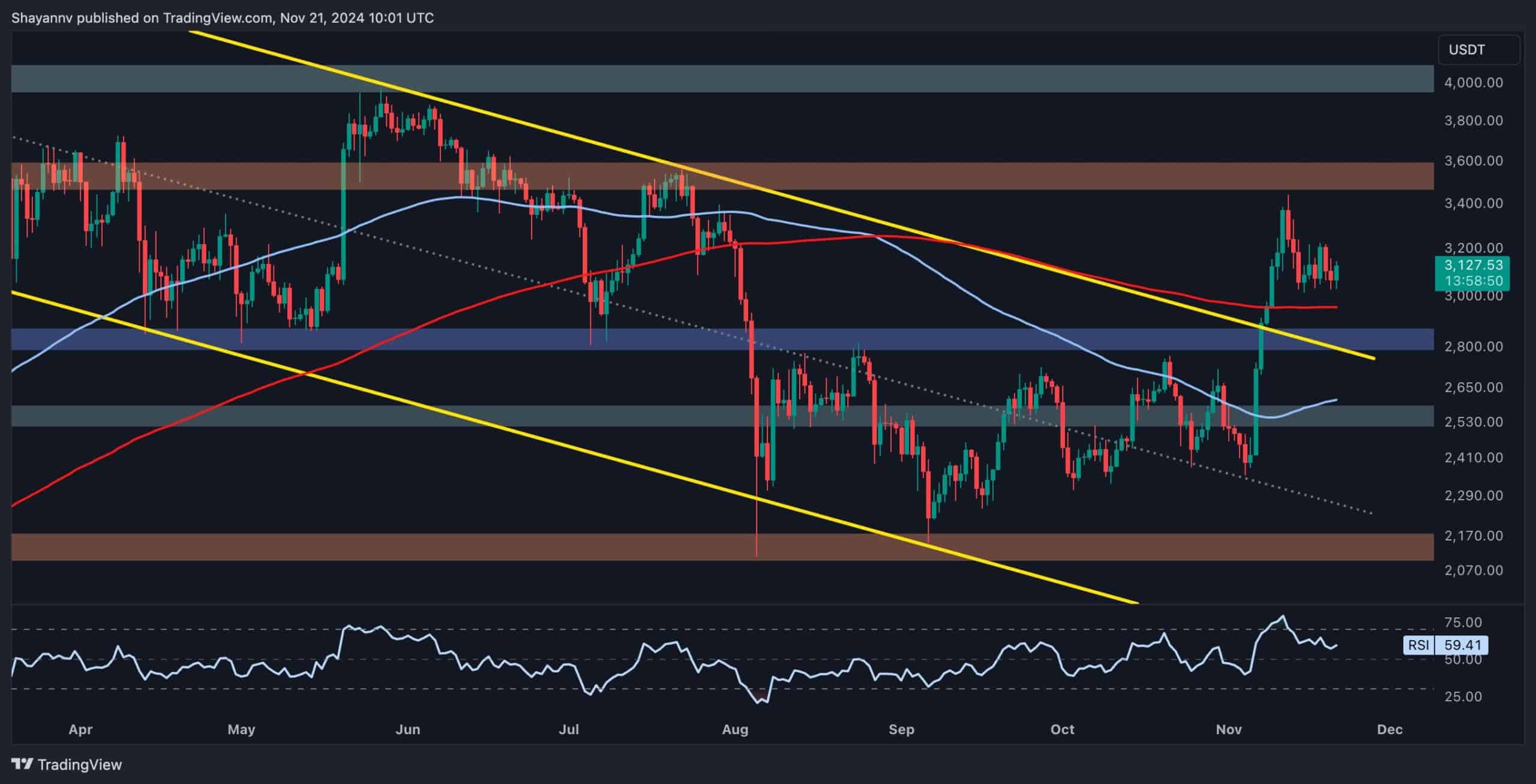


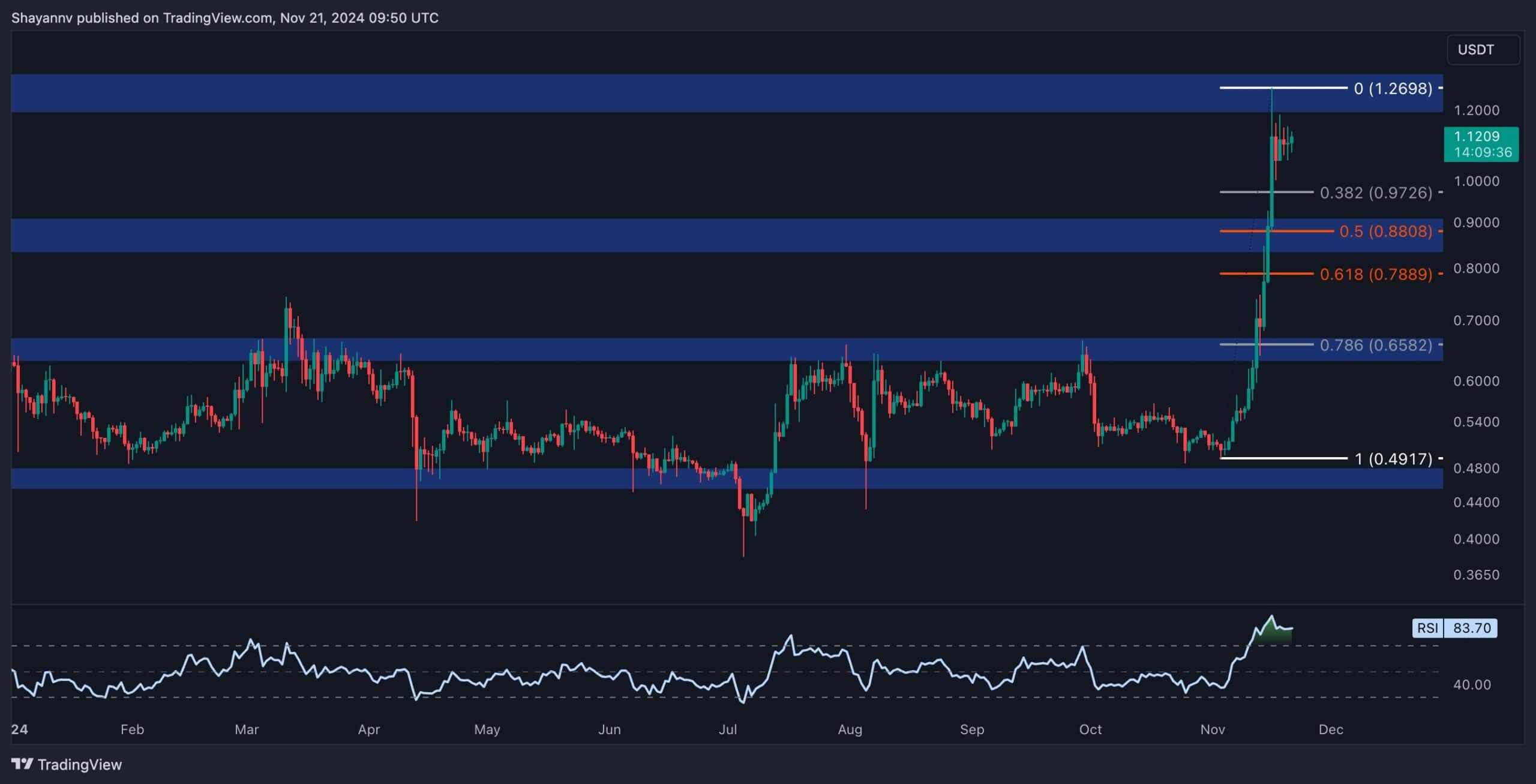

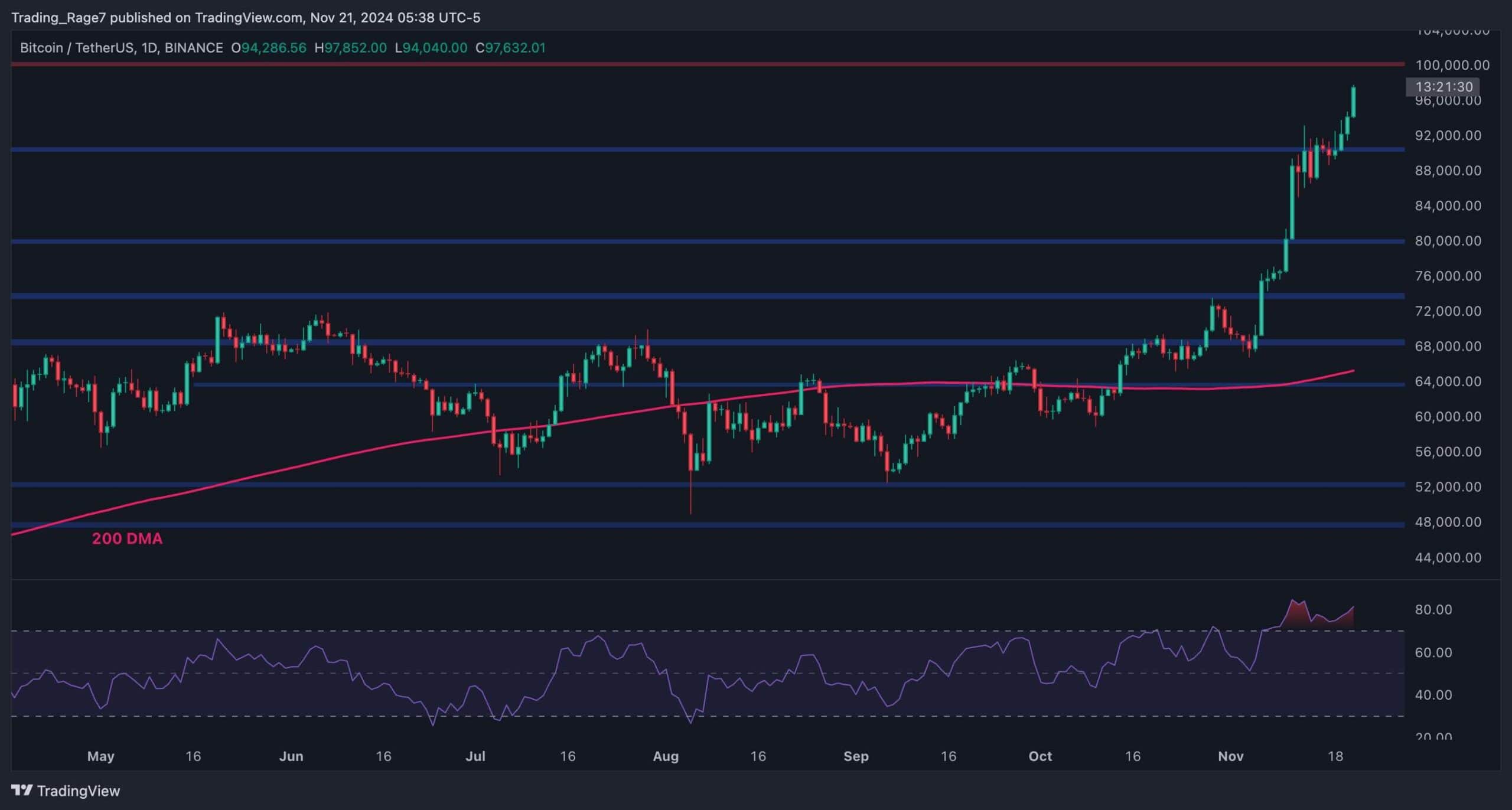
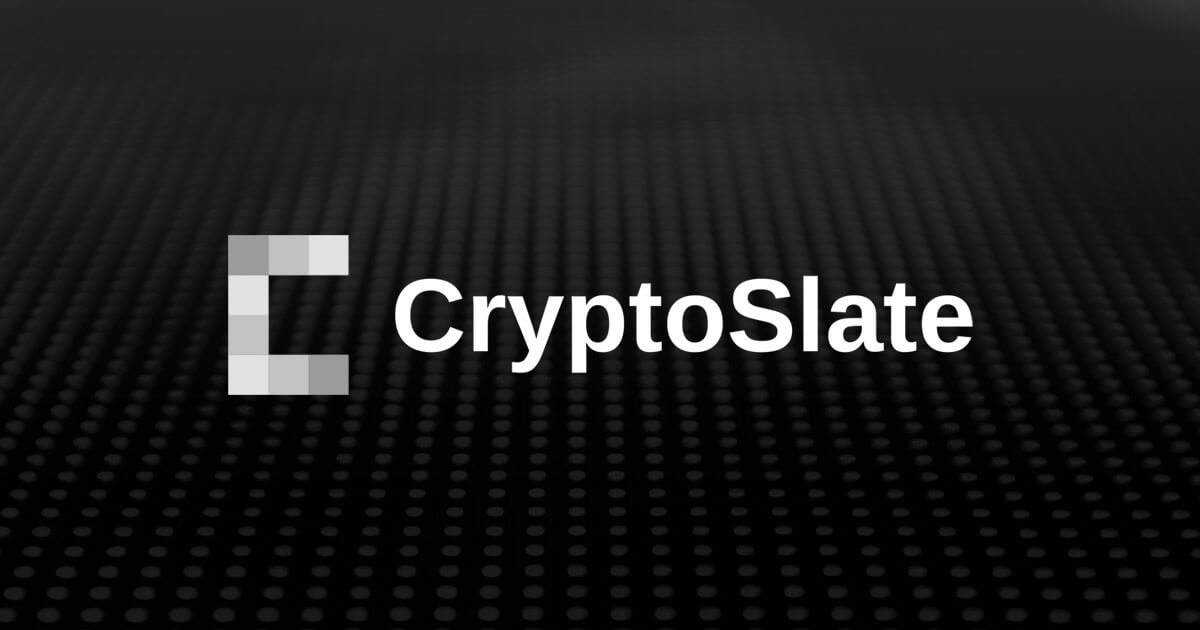

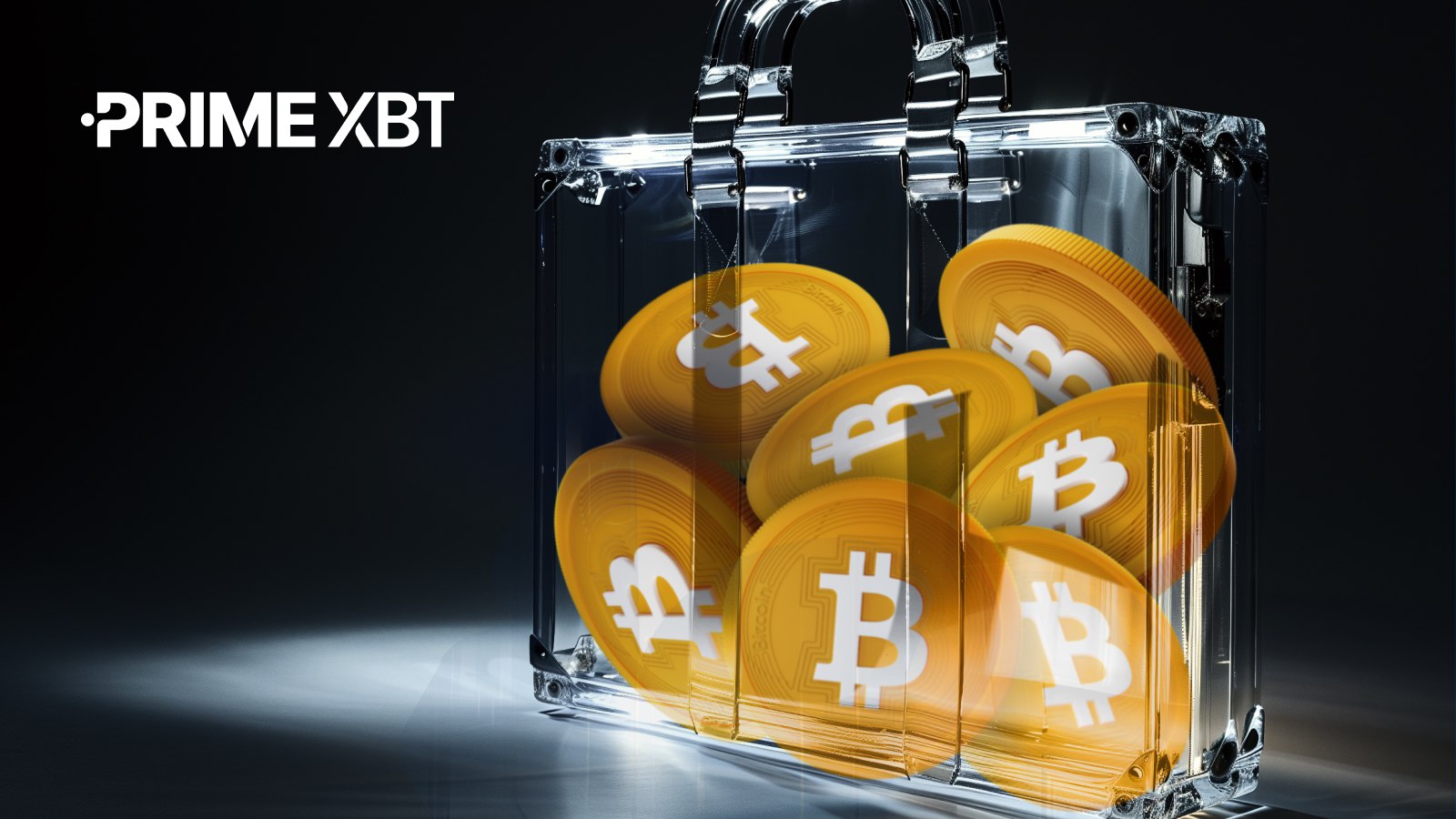
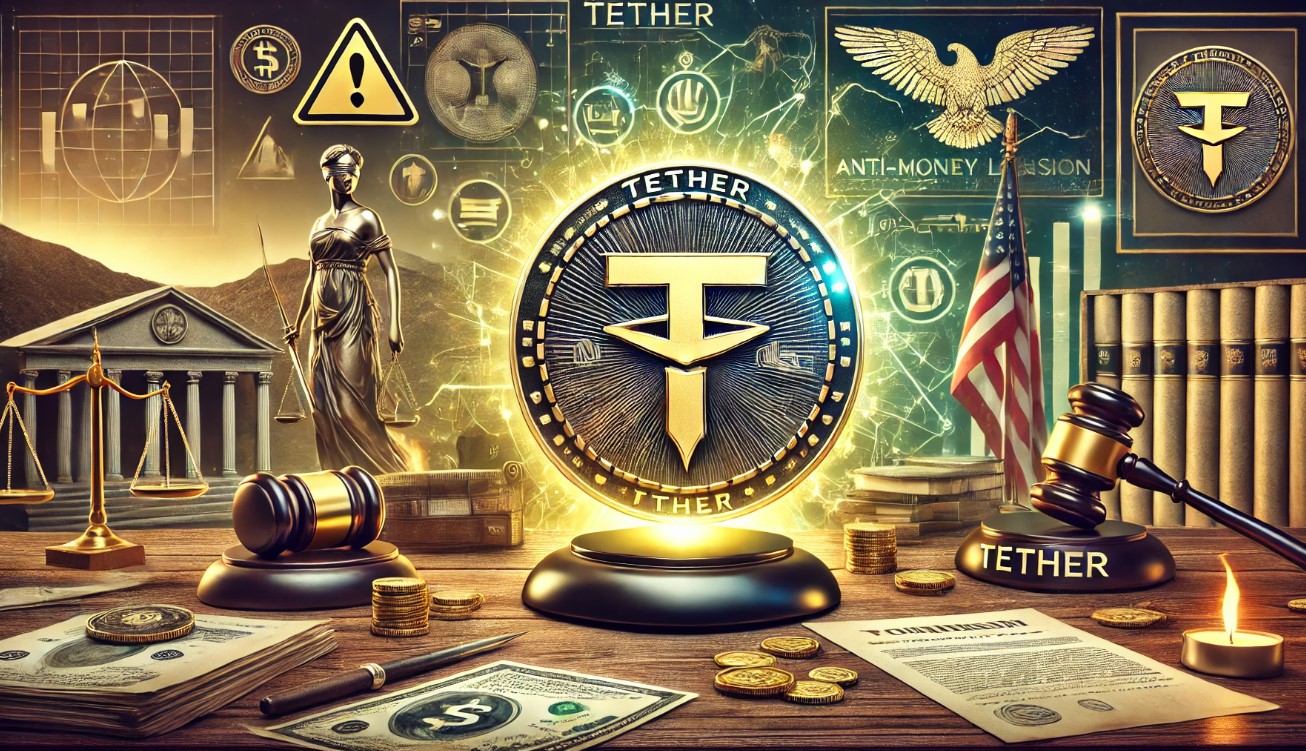





 English (US) ·
English (US) ·